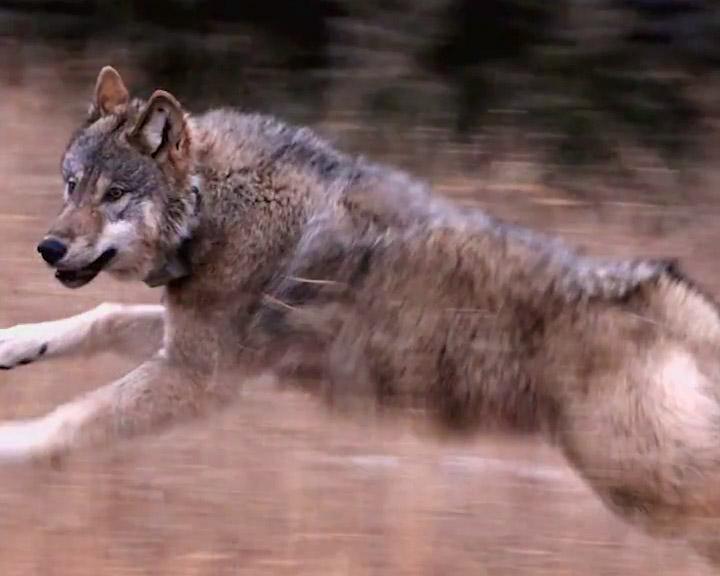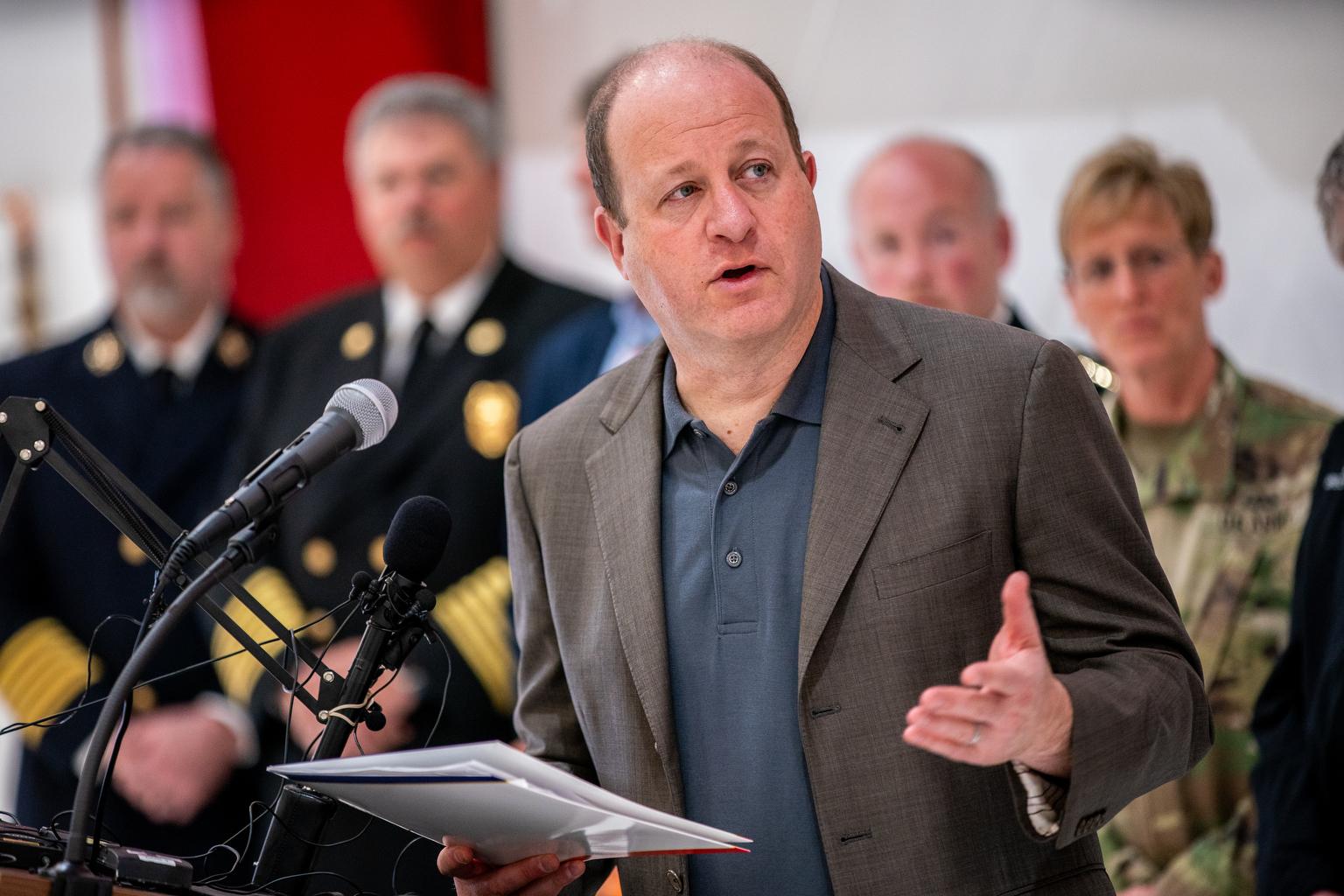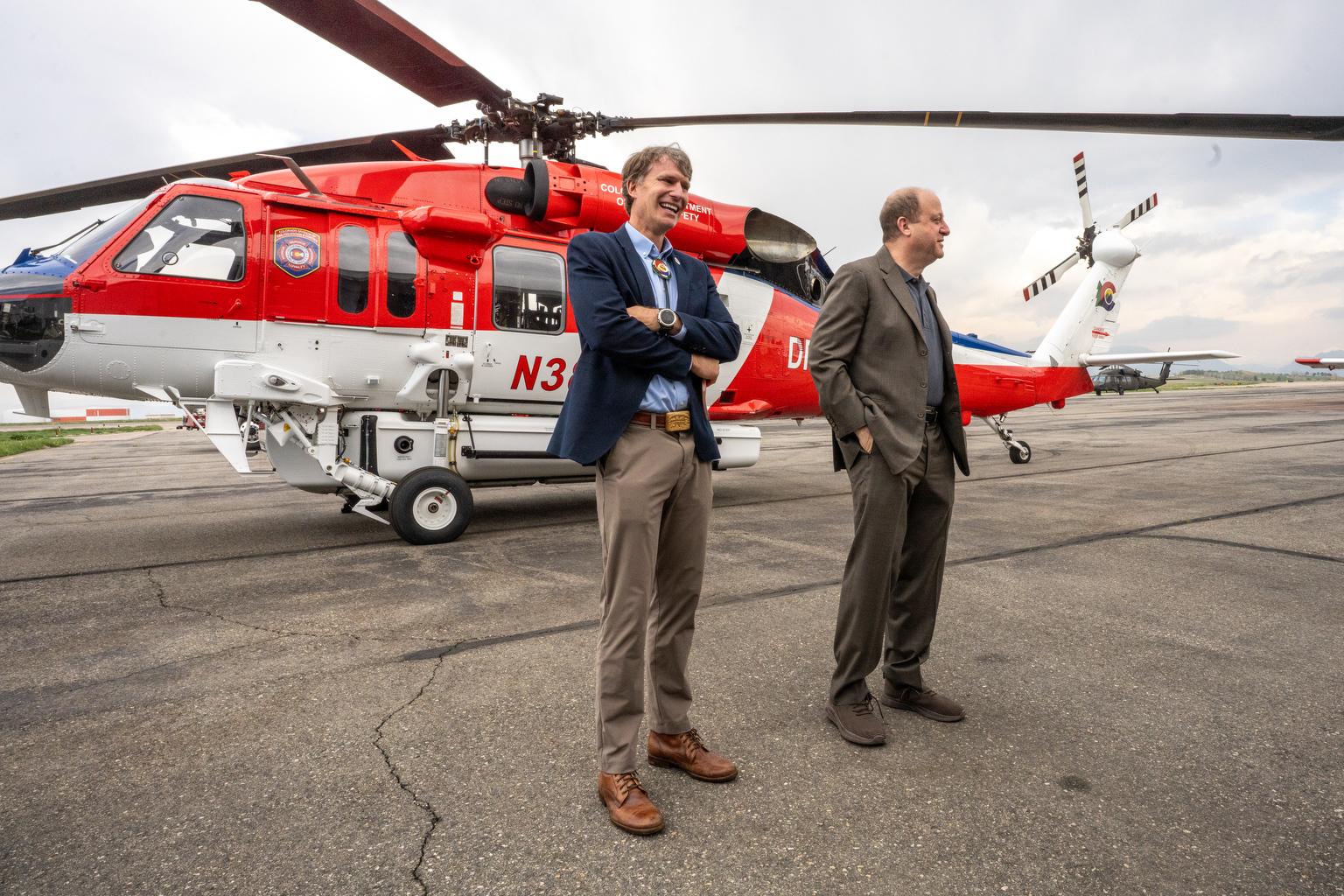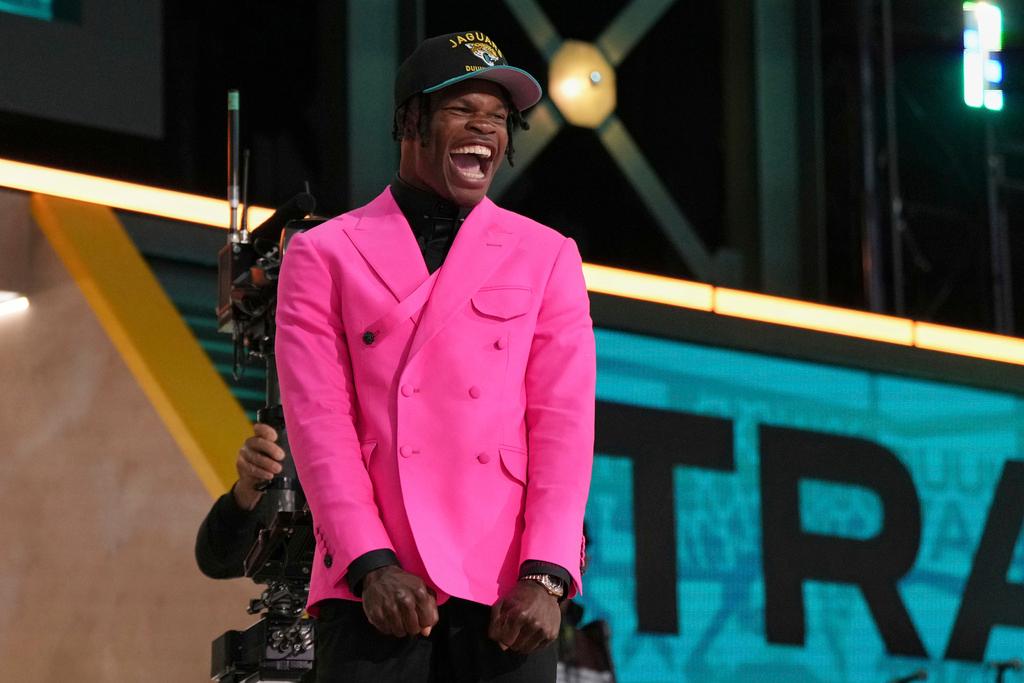
Almost a year after Colorado released 10 gray wolves captured in Oregon, state wildlife officials have tracked a collared wolf traveling south of Interstate 70 for the first time.
Colorado Parks and Wildlife releases an updated map showing the broad range the wolves have traveled on the fourth Wednesday of every month. On Sunday morning, the agency broke from the normal schedule to announce one of the wolves ventured south of Vail toward Leadville, according to data provided by the animal’s GPS tracking collar.
The state released the wolves near Kremmling in Summit County and Grand County last December. Since then, wildlife officials have anticipated the wolves would travel south of the state’s biggest east-west highway to establish new territory and find food.
The latest release, however, doesn’t show the wolf’s exact location. In order to protect the nascent population, the state publishes maps showing watershed regions collared wolves have visited over a 30-day period.
The newest map covers wolf activity from Oct. 22 to Nov. 1. It suggests a collared wolf has pushed south of I-70 in Lake County into a watershed surrounding Leadville. It also shows the wolves have traveled even further west than before, including appearances in Garfield County and Rio Blanco County.
Colorado Parks and Wildlife officials are currently aware of nine wild wolves living within the state’s boundaries.
Out of the 10 wolves released late last year, six continue to roam freely across the Western Slope. Another two wolves migrated into Jackson County from Wyoming and have been fitted with GPS collars. A final uncollared wolf is a pup born to the Copper Creek Pack, which the state attempted to capture earlier this summer after the group repeatedly fed on livestock near Kremmling.
The state is currently holding four other pups in captivity and plans to release them this winter. It hasn’t announced specific plans for the group’s matriarch, which may have played a more direct role in killing cattle in the area.
Three other wolves released last winter are dead, according to state wildlife officials. One is the patriarch of the Copper Creek Pack, which died soon after its mate and offspring were taken into captivity by the state. Colorado Parks and Wildlife has said the animal wasn’t able to survive due to injuries unrelated to the capture operation.
Another died in Larimer County from a likely mountain lion attack. A third died in Grand County in September, but Colorado Parks and Wildlife hasn’t detailed an exact cause of death.
Colorado recently secured an agreement with British Columbia to capture up to 15 additional wolves this winter. Wildlife officials plan to release those animals between December and March, but they haven’t announced detailed locations for the next round of reintroductions.
Colorado narrowly approved the wolf restoration project by approving Proposition 114 in 2020, marking the first time voters — in any state — decided to reintroduce an endangered species.









